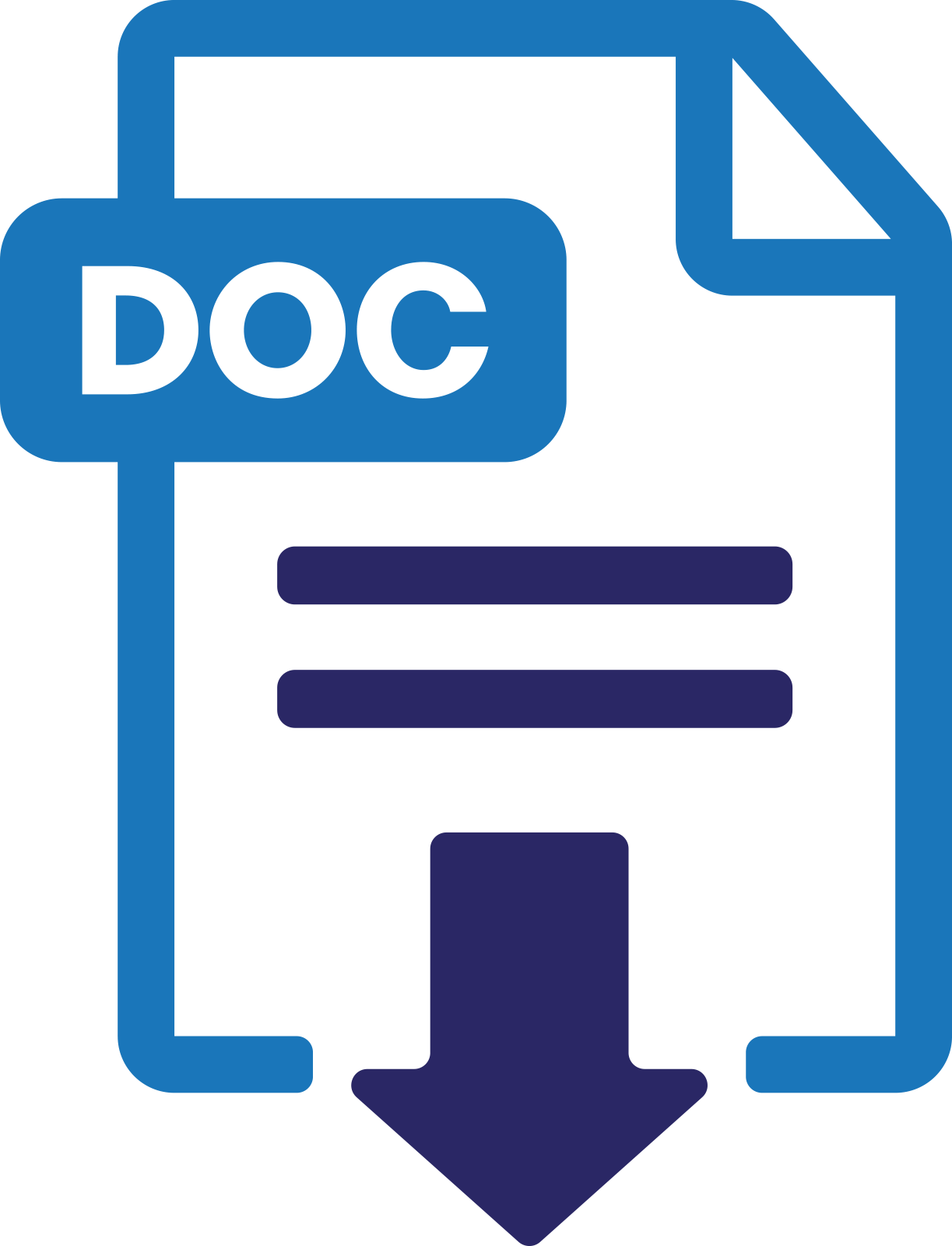Synthesis of Copper Carbonate from Copper Waste Using the Hydrometallurgical Method
Abstract
Electronic waste in Indonesia continues to increase, electronic waste is categorized as B3 waste which can threaten the environment. Electronic waste contains metals that can berecovery namely 20% copper (Cu), 8% iron (Fe), 4% tin (Sn), 2% nickel (Ni), 2% lead (Pb), 1% zinc (Zn), 0.2% silver (Ag), 0.1% gold (Au) and 0.005% palladium (Pa). Copper can be used as a raw material for making pigments mountain blue. Pigment extraction from copper metal can be done using the hydrometallurgical method which is considered more environmentally friendly and economical. The hydrometallurgical method uses solvents in the liquid phase to dissolve copper metal from waste and convert it into the desired compound. The materials used to make mountain blue pigment are copper waste, sulfuric acid (H2SO4), sodium hydroxide (NaOH), sodium carbonate (Na2CO3), hydrogen peroxide (H2O2), and distilled water. Meanwhile, the materials used for pigment application are Carboxymethyl Cellulose (CMC) and titanium dioxide (TiO2). In this process, washing or leaching will be carried out(leaching) namely a chemical concentration process to release ore impurities from a mineral by dissolving it using certain reagents. Factors that influence the metal leaching process are temperature and acid concentration. In this experiment, the hydrometallurgical method succeeded in processing electronic waste into a blue pigment (mountain blue). The average pigment yield mountain blue in this experiment it was 1.25 grams of montain blue/gram of copper. Furthermore, the average conversion of pigment mountain blue was 89.3%.
Full Text:
PDFReferences
F. Lambert et al., “Copper leaching from wastes electrical and electronic equipment (WEEE) using alkaline monosodium glutamate: Thermodynamics and dissolution tests,” Miner. Eng., vol. 5, pp. 38–46, 2021, doi: 10.1016/j.clet.2021.100312.
D. J. Garole, R. Hossain, V. J. Garole, V. Sahajwalla, J. Nerkar, and D. P. Dubal, “Recycle, Recover and Repurpose Strategy of Spent Li-ion Batteries and Catalysts: Current Status and Future Opportunities,” ChemSusChem, vol. 13, no. 12, pp. 3079–3100, 2020, doi: 10.1002/cssc.201903213.
N. Nagarajan and P. Panchatcharam, “Cost-effective and eco-friendly copper recovery from waste printed circuit boards using organic chemical leaching,” Heliyon, vol. 9, no. 3, p. e13806, 2023, doi: 10.1016/j.heliyon.2023.e13806.
X. Zheng et al., “Spent lithium-ion battery recycling - Reductive ammonia leaching of metals from cathode scrap by sodium sulphite.,” Waste Manag., vol. 60, pp. 680–688, Feb. 2017, doi: 10.1016/j.wasman.2016.12.007.
A. G. Abel, Pigments for paint, Second Edi. Woodhead Publishing Ltd, 1999.
T. Or, S. W. D. Gourley, K. Kaliyappan, A. Yu, and Z. Chen, “Recycling of mixed cathode lithium‐ion batteries for electric vehicles: Current status and future outlook,” Carbon Energy, vol. 2, no. 1, pp. 6–43, 2020, doi: 10.1002/cey2.29.
N. Habbache, N. Alane, S. Djerad, and L. Tifouti, “Leaching of copper oxide with different acid solutions,” Chem. Eng. J., vol. 152, no. 2–3, pp. 503–508, 2009, doi: 10.1016/j.cej.2009.05.020.
M. T. Islam, M. S. Farhan, F. Faiza, A. F. M. F. Halim, and A. Al Sharmin, “Pigment Coloration Research Published in the Science Citation Index Expanded from 1990 to 2020: A Systematic Review and Bibliometric Analysis,” Colorants, vol. 1, no. 1, pp. 38–57, 2022, doi: 10.3390/colorants1010005.
I. Meer and R. Nazir, “Removal techniques for heavy metals from fly ash,” J. Mater. Cycles Waste Manag., vol. 20, no. 2, pp. 703–722, 2018, doi: 10.1007/s10163-017-0651-z.
DOI: https://doi.org/10.20961/esta.v3i1.78985
Refbacks
- There are currently no refbacks.



